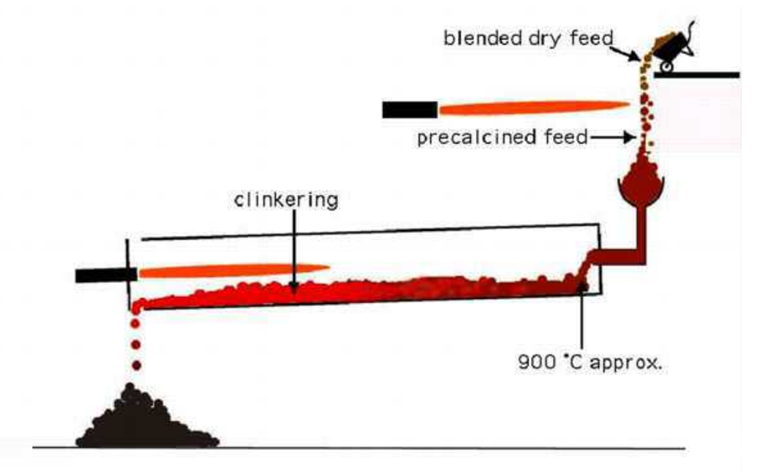
Coal is plentiful on earth. It is combustible. It has a relatively high energy density. It is transportable. Therefore, one of the most widespread uses for coal is as a fuel. Over 95% of the world’s total coal production is consumed for purposes as below:
1) To produce electricity Coal is burned in large industrial-size boilers lined on the inside perimeter with water-filled steel tubes to create high-pressure, superheated steam. The steam is passed to and moves through a series of large steam turbine generators. The steam would lose its pressure and would expand in volume. In the process, the thermal energy would be converted into mechanical energy, which would turn the blades in the turbine generator to make electricity.

2) To produce cement Limestone and a mixture of certain raw materials are heated to a very high temperature in a kiln to produce a substance known as clinker. Clinker is then mixed with gypsum and ground to a fine powder to make cement. Cement, when mixed with water, sand and gravel becomes concrete and is the basic building material in the construction industry worldwide.

3) To produce coke, which in turn is used to make iron and steel.
The first two commercial uses of coal (producing electricity and cement) select the type of coal to use primarily based on its heat content. Such coals are commonly referred to as either steam coal or thermal coal.
Lower rank lignite and sub-bituminous coals with lower sulfur and other objectionable mineral contents are generally the coal of choice. Some lower quality bituminous coal is also used to raise steam for power generation. Steam coal prices are always indexed to its heat content.
To produce coke for making iron and steel, coal’s thermal energy is only a small part of the decision in choosing the type of coal to use. The type and quality of the coal are the more important considerations.

Good quality coke is highly sought after by iron and steel producers. In recent years, the market price for good quality coke and therefore good quality coal has escalated and buyers are paying a substantial premium for it. An understanding of coke and its role in iron and steel making would be necessary to explain the qualities to look for in a coal suitable for coke making.
Materials that may be extracted from coal:
Lump Coke metallurgical coke, copper smelting, iron smelting, lead smelting and iron and steel casting.
Calcium Carbide acetylene chemicals.
Water Gas heating homes and industry chemical processing.
Industrial chemical processing, lime burning, beet sugar refining, manufacturing of mineral wool.
Screenings or Breeze iron-ore agglomeration, chemical processing, steam generation
Coal Tar carbolic acids, pharmaceuticals, cresole, lysol, photo developer, plastics, phenols, detergents, drugs, dyes, food preservatives, perfumes, rubber chemicals, weed killer.
Tar Bases pyridine bases, antiseptics, disinfectants, paint thinner, pyridine, clothes water proofing, sulfa drugs, synthetic vitamins.
Napthaline insecticides, fungicides, plastic dolls, explosives, moth balls, synthetic fibres. Heavy Oil dyes, embalming fluid, laxatives, wood preservatives.
Pitch electrodes, insulating, paving, roofing, storage batteries, water proofing.
Benzene synthetic fibres, nylon, aniline dyes, food preservatives, motor fuel, plastics, synthetic rubber, tanning fluids.
Toluene antiseptics, fingernail polish, printing ink, saccharine, TNT explosives, aviation gas, detergents.
Xylene motor fuel, gasoline solvents, herbicides.
Solvent Naptha rubber solvent, electrical - insulation, linoleum, varnish.
正在加载,请稍候